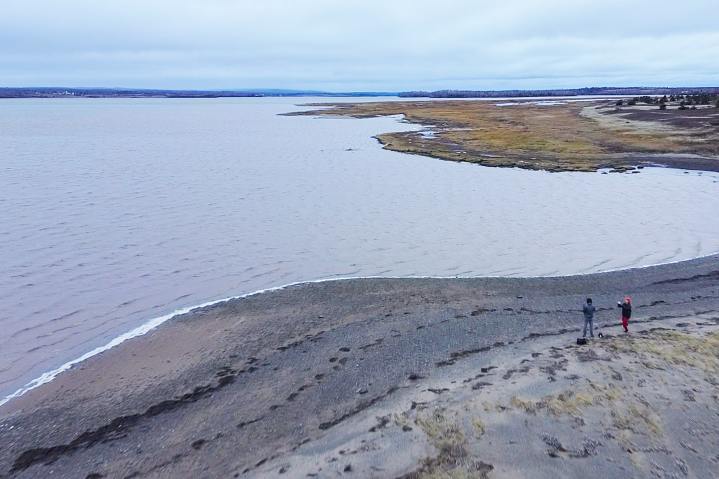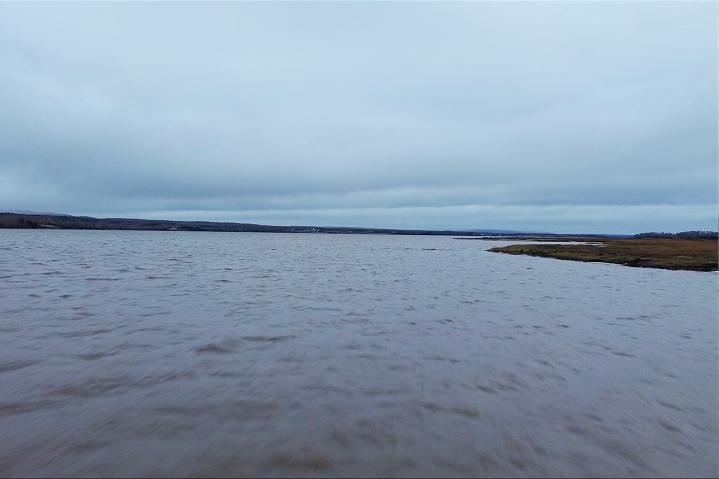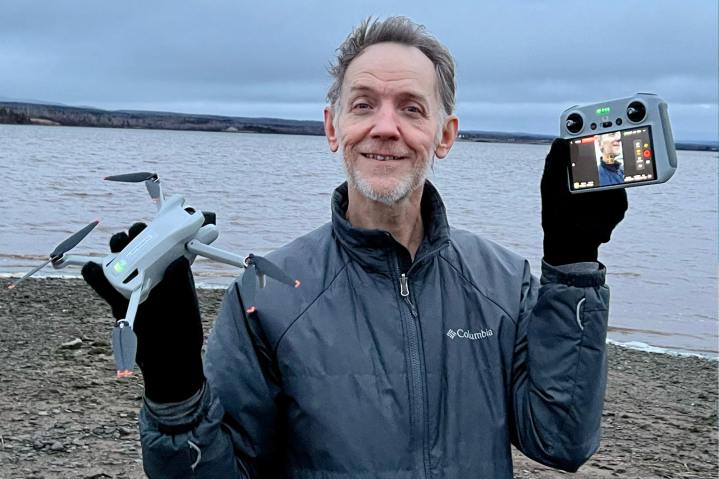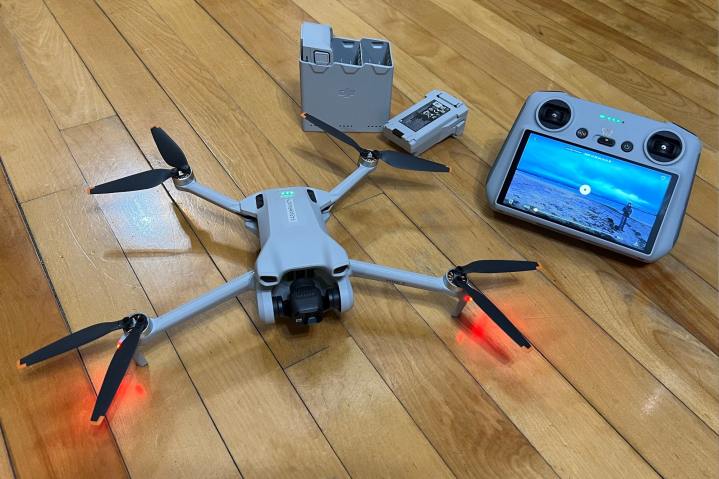The DJI Mini 3 just launched, and after spending a few days with it, I can tell you it is a game-changing drone.
Costing just under $500, it’s priced like its predecessor, the incredibly popular DJI Mini 2, but matches many of the best features of the much more expensive DJI Mini 3 Pro and has even broken its record for flight time.
DJI Mini 3 camera upgrades
The weather was terrible in the fewt days I had early access to test the DJI Mini 3, and when I finally got a chance to get out to the coast and record some interesting video, it was windy and overcast. The Mini 3 shined in this dull environment, recording good-quality footage despite the challenging conditions.
The DJI Mini 3 raises the bar for low-cost drones with a greatly improved camera that features a large 1/1.3-inch, 48 megapixel image sensor with a wide f/1.7 aperture that extends usability in lowlight conditions. Say goodbye to grainy sunsets and dark twilight videos.

It even matches the DJI Mini 3 Pro’s unique, vertical shooting capability that lets the camera physically flip 90 degrees into portrait mode. This is great for social media posts that are meant to be viewed on the tall, narrow screens of a smartphone, It also retains full resolution without cropping when shooting towers, trees, and individuals.
Keep on flying

I received the DJI Mini 3 Fly More Combo with DJI RC for testing, and it came with three batteries, a charging dock and a remote controller that includes a display. Naturally, I brought all three batteries, even though my video shoot was starting late in the day. It’s best to have more batteries than needed rather than draining a drone’s battery low when flying in windy conditions and over water.
When taking off in strong wind, fly into the wind as you climb for the most stability and to maintain control. If the wind or gusts are too strong, the drone might drift back toward you, so leave some space. If you fly with the wind, you might end up having to chase after your drone.
DJI offers a version with the longest-lasting consumer drone battery currently available.
I was amazed that the battery kept going and going, despite the 21 mph winds and 39 mph gusts, which approached — and at times exceeded — the recommended maximum of 24 mph for most DJI drones. It was so gusty that a strong wind warning appeared on the screen.
Since this was my first opportunity to fly, I cautiously continued, expecting to get a low battery warning at any moment, but I ended up returning before it ran low. I replaced the battery for safety’s sake, but I could have kept on flying longer with the first one.

DJI gave the Mini 3 a standard battery that’s rated at a generous 38 minutes of flight time, even longer than that of the Mini 3 Pro, which uses more energy for its longer-range transmitter and additional sensors. DJI also offers a heavier battery that increases battery life to an incredible 51 minutes, making it the longest-lasting consumer drone battery currently available.
I’ve mostly been flying a DJI Avata lately, and that tiny wonder is almost all battery and lasts only 18 minutes in the air. Of course, the Avata is a First-Person View (FPV) drone, known for speed and maneuverability. The Mini 3 is no slouch though when it comes to covering territory quickly.
Fast, stable, and easy to use
All DJI drones have remarkable stability, speed, and ease of use. That’s what makes it the world’s top drone manufacturer. Even at such an affordable cost, the Mini 3 can fly up to 36 mph in Sport mode. That’s as fast as the $750 DJI Mini 3 Pro and a bit faster than the DJI Avata in Sport mode. Of course, the Avata can reach a blazing-fast 60mph in manual mode, but that is uncomfortably speedy.

At the $499 price, the DJI Mini 3 includes the standard DJI remote controller, which requires you to insert your iPhone or Android phone into its cradle and plug it in to run the DJI Fly companion app. The controller communicates with the drone and relays the drone’s video to your smartphone in real time.
For $140 more, you can upgrade to the DJI RC controller, which includes a sharp, bright 1,000-nit display with a three-hour battery life. The RC bundles are worth considering since they add considerably more convenience.

With the DJI RC, I didn’t have to fuss with setting up the controller and could start flying immediately. The older, standard controller has a spring-loaded grip for your smartphone. I often forget to fish out the short USB cable from where it’s cleverly tucked into the cradle.
That means I have to take my phone out, plug it in and insert it again. It only takes a moment, but is a small annoyance. The DJI RC also frees up my phone so I can briefly glance at an incoming call or message while the drone hovers.
Should you buy it?
For a fun, light drone with crisp and beautiful video quality, the Mini 3 stands out as a remarkable bargain at $499. If you’ve always wanted a drone or are looking for an upgrade, this might be the drone you’ve been looking for.
The DJI Mini 3 Fly More Combo adds $159 to the price, taking the total cost to $658 with the standard controller or $798 with the DJI RC. The options don’t end there. DJI also sells the Mini 3 by itself without a controller for $409, a tempting offer for Mini 2 owners since you can use your old controller and upgrade to the new drone at a very low price.
The DJI Mini 3 is a fantastic camera drone with a wonderfully bright camera that can flip to vertical orientation. I wholeheartedly recommend it whether you’re just getting started or adding to your growing collection of drones. The Mini 3 has certainly earned a place high on my wish list.
Editors’ Recommendations

